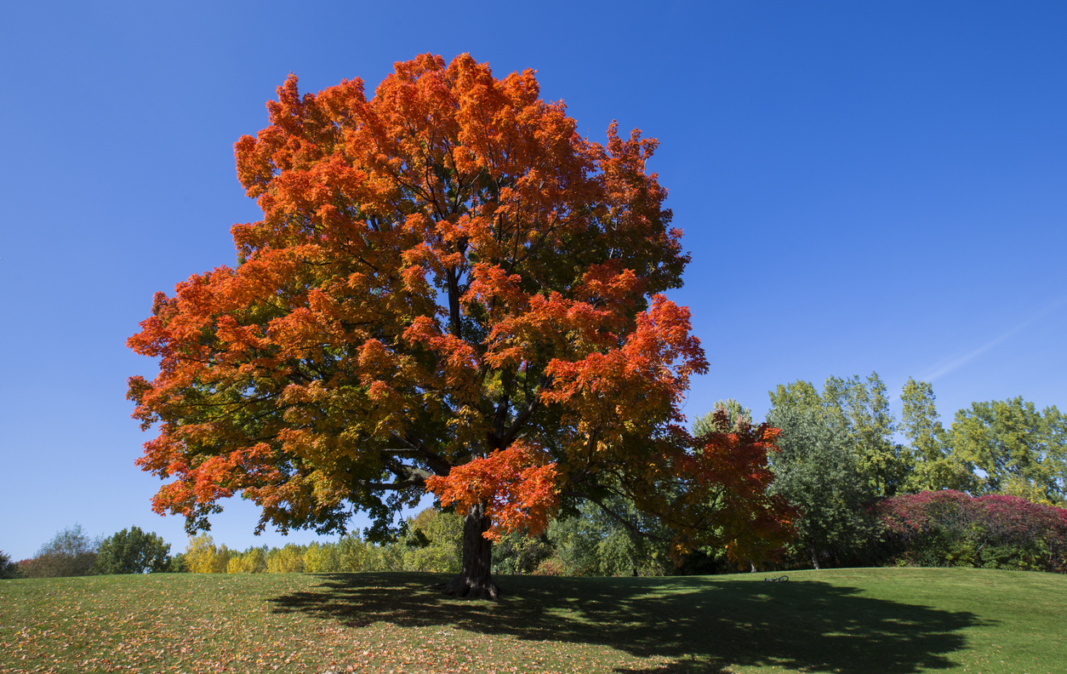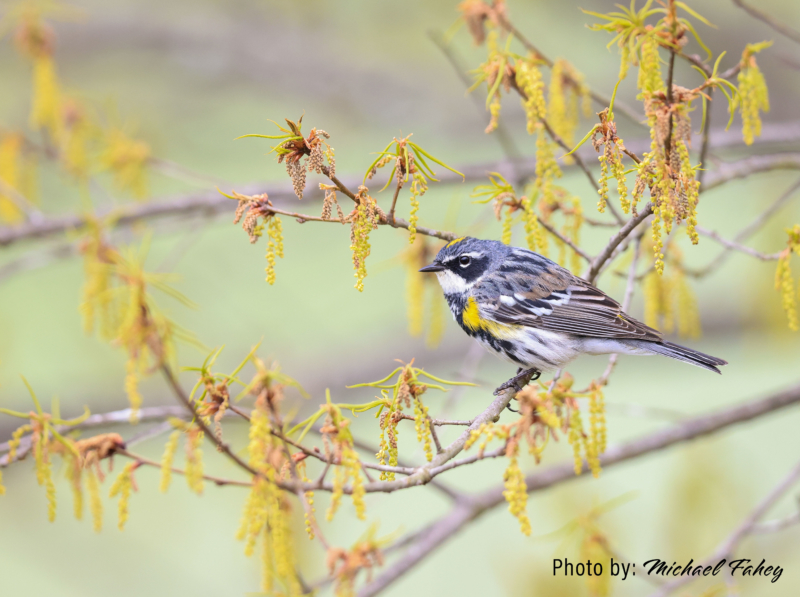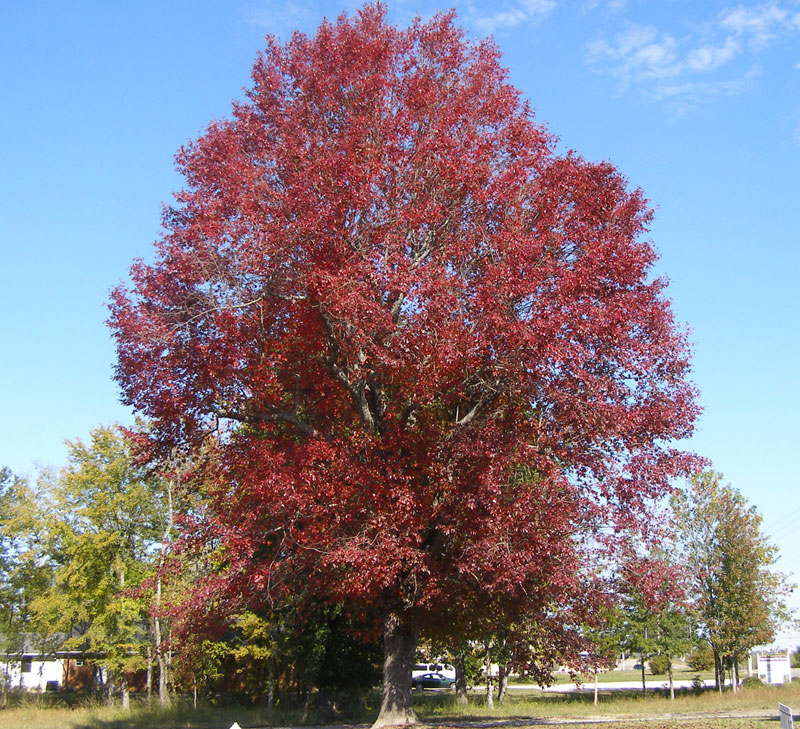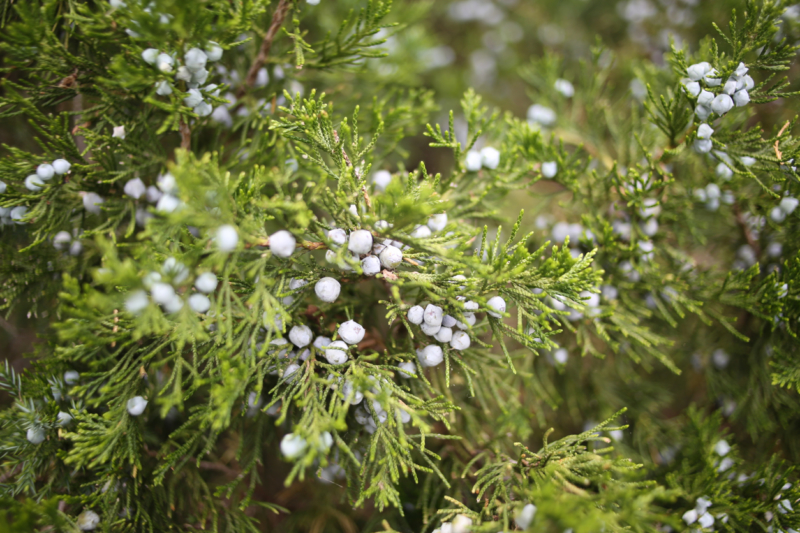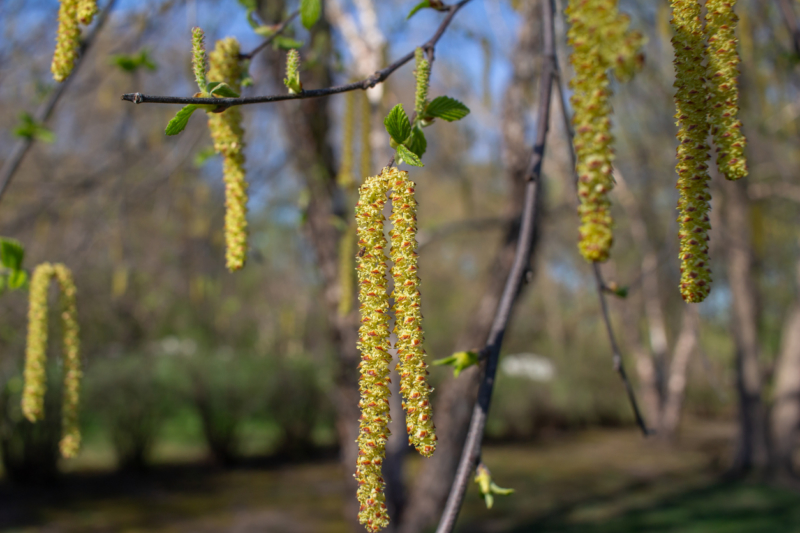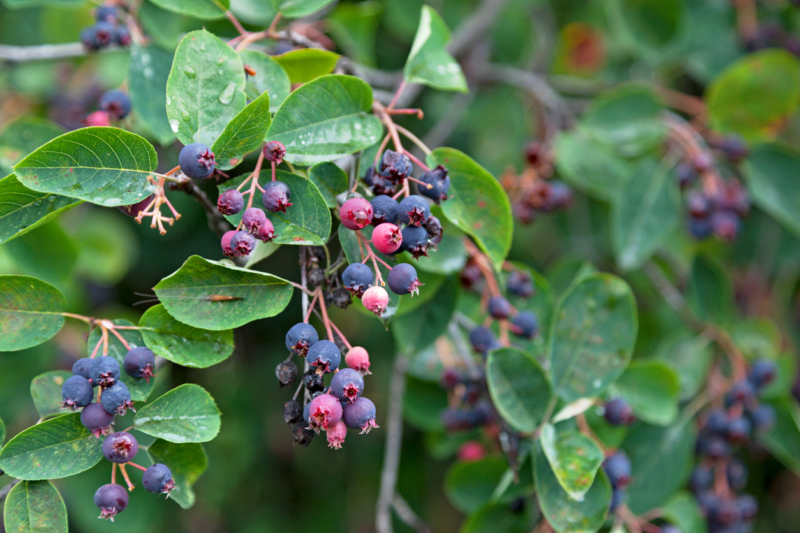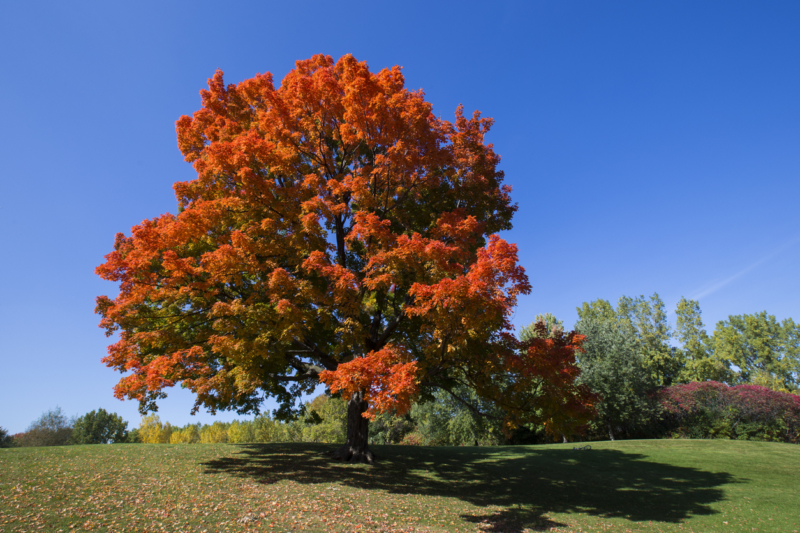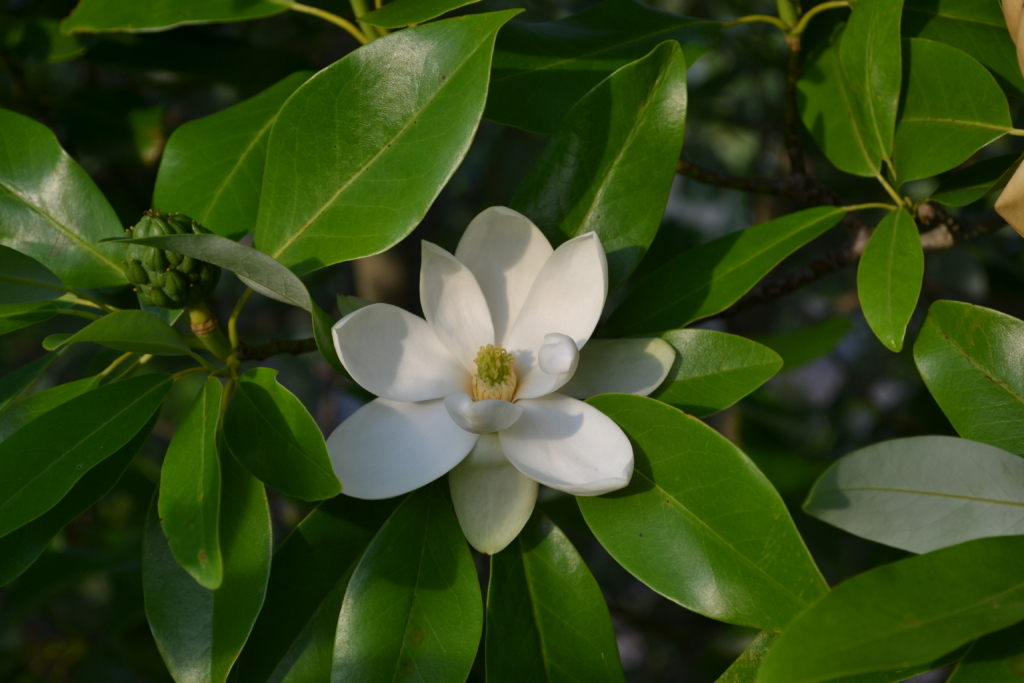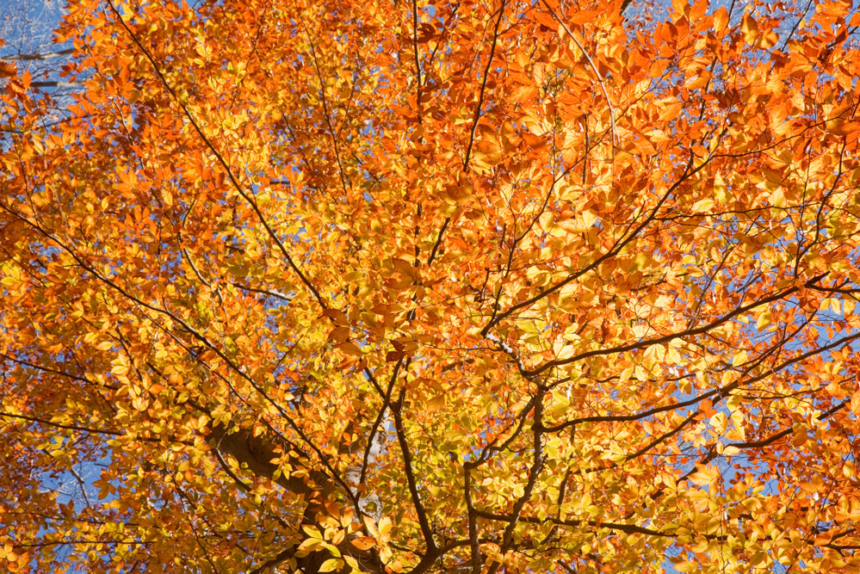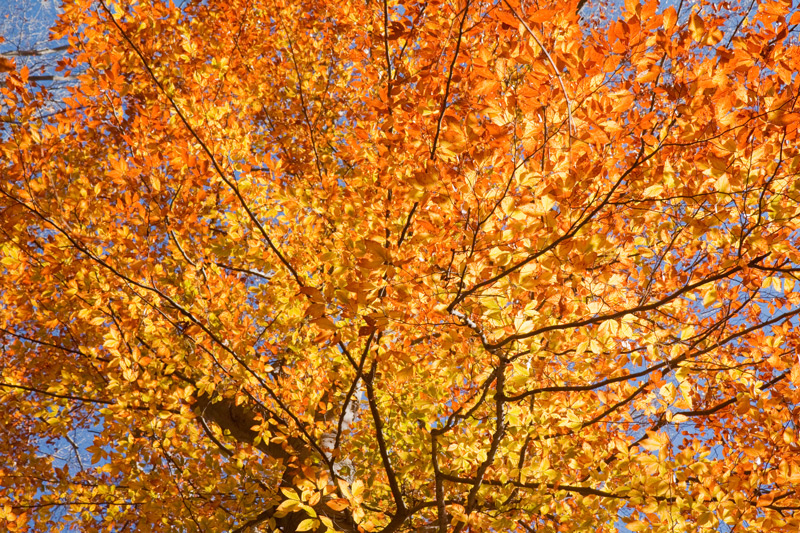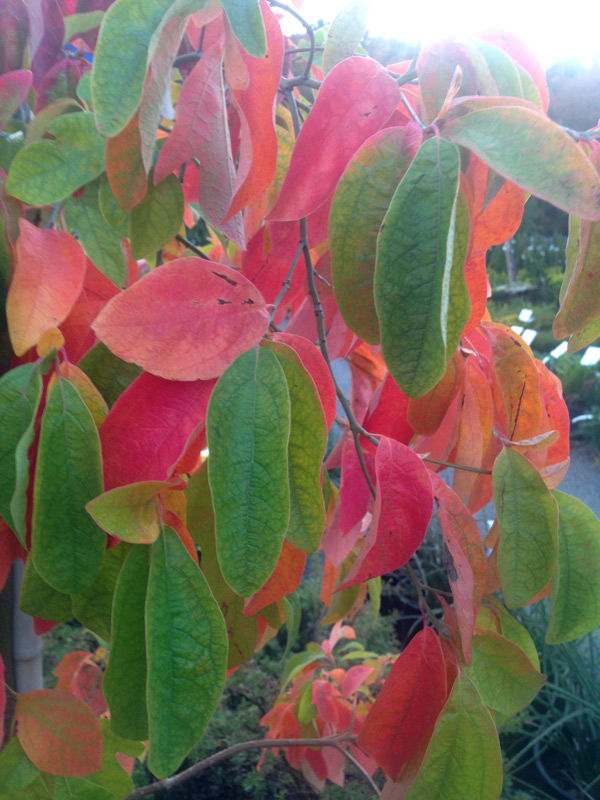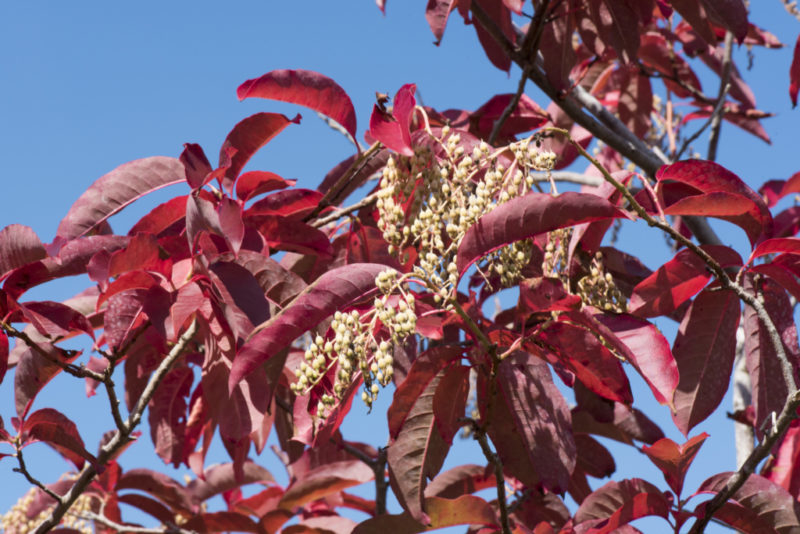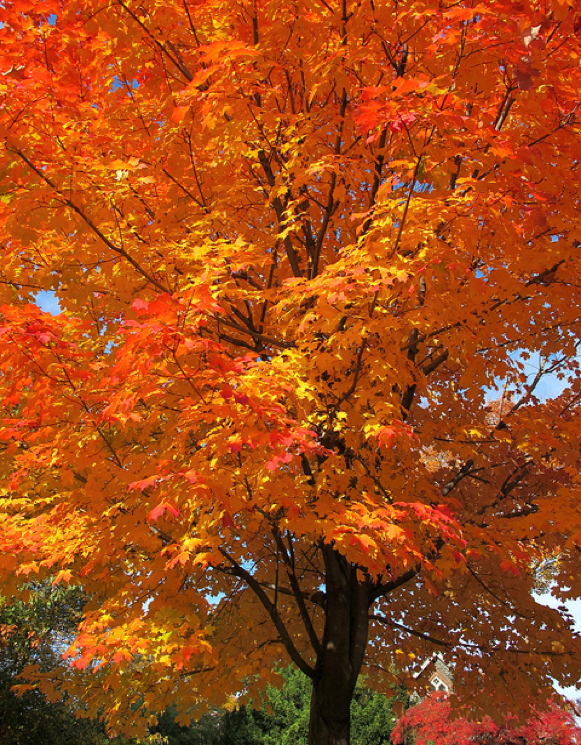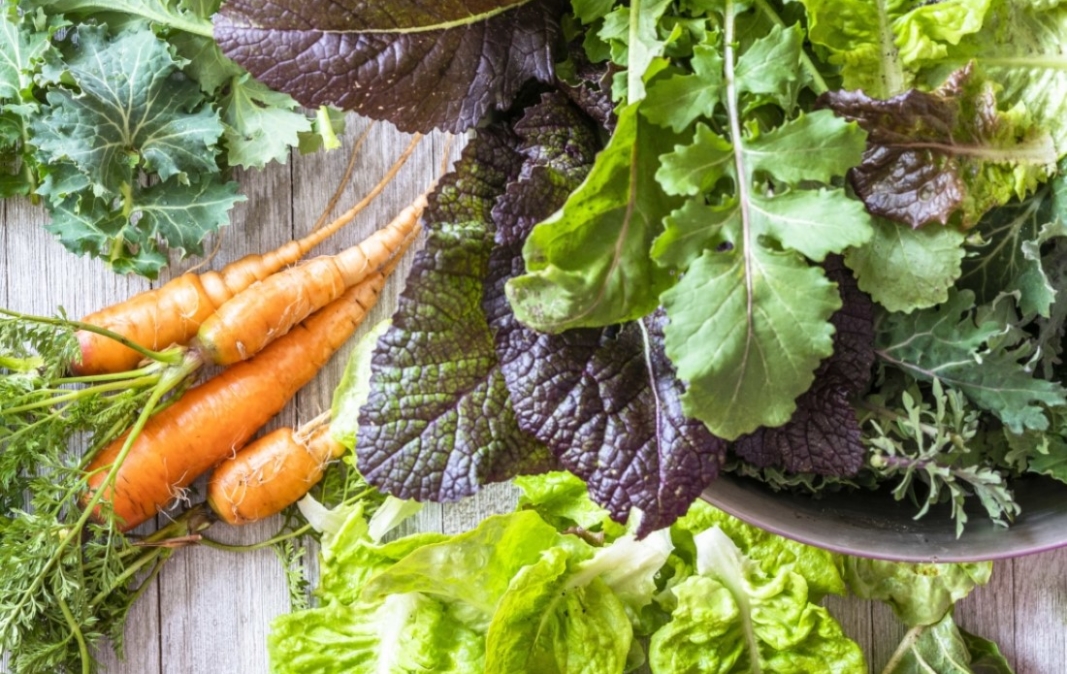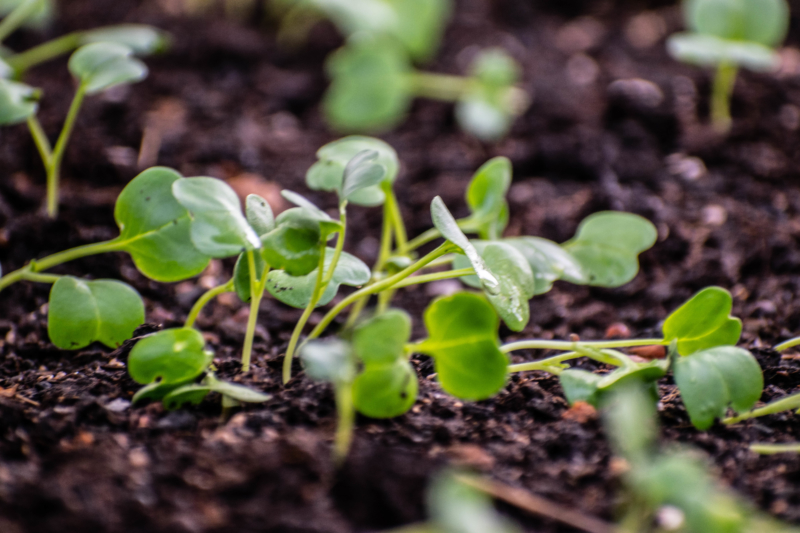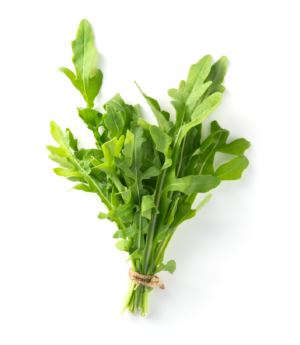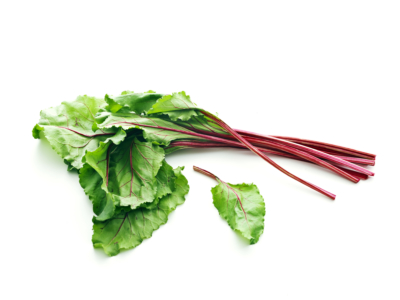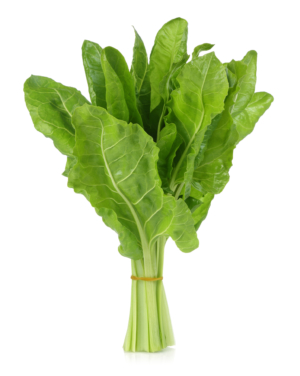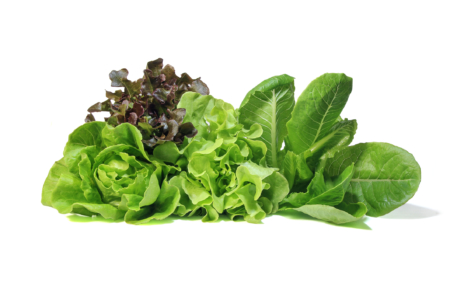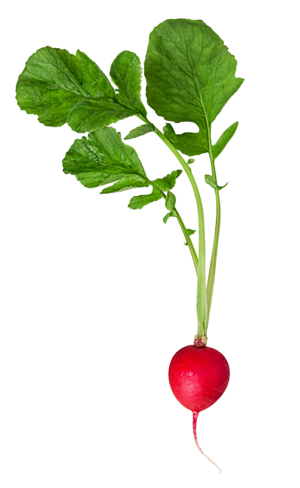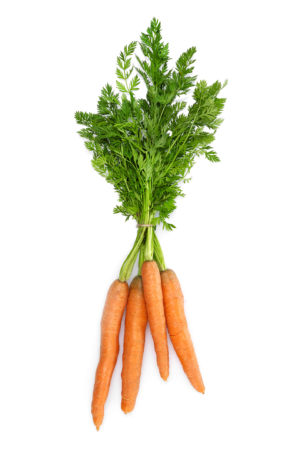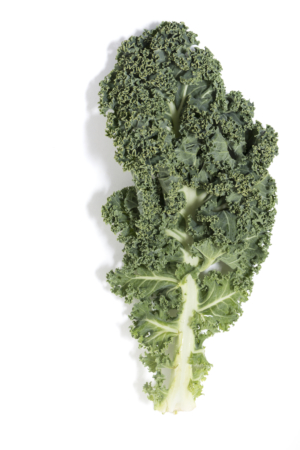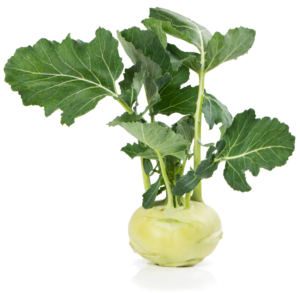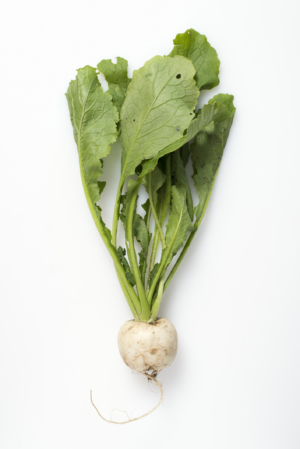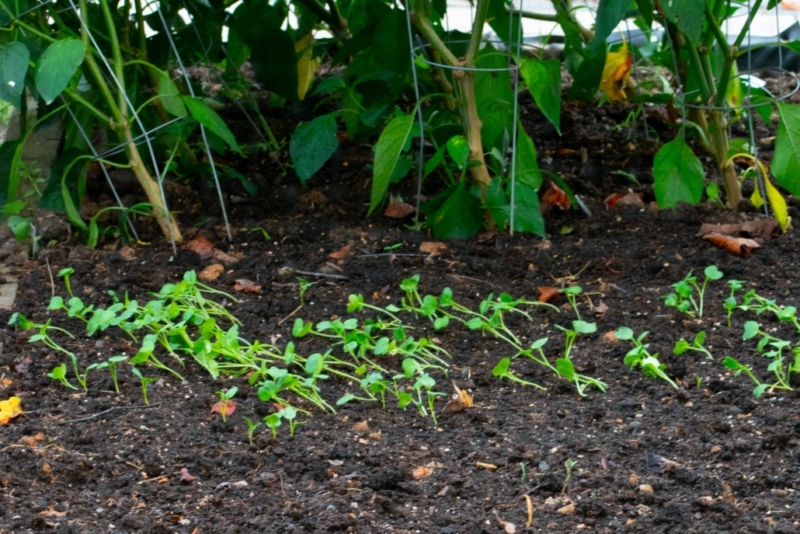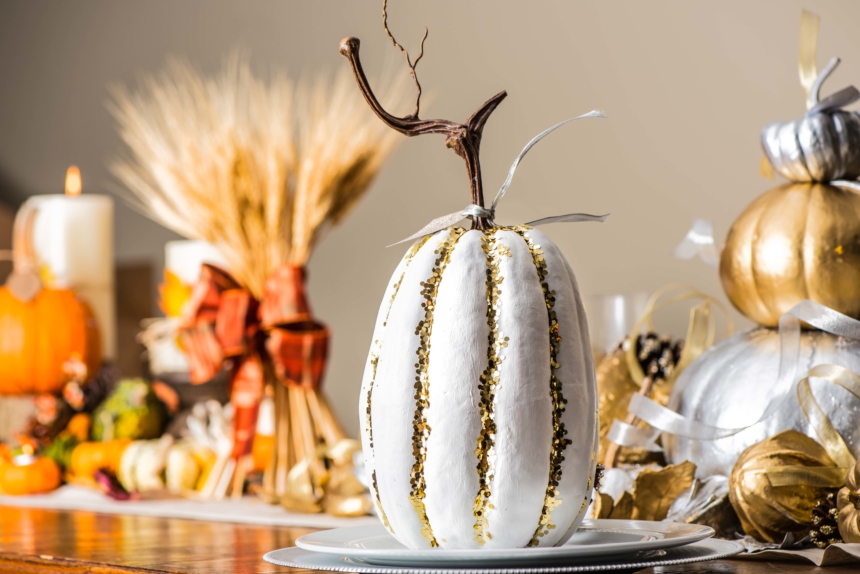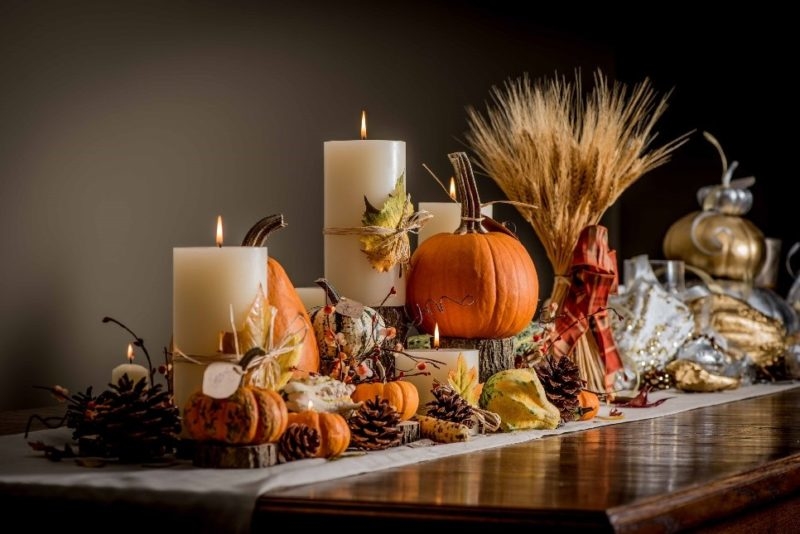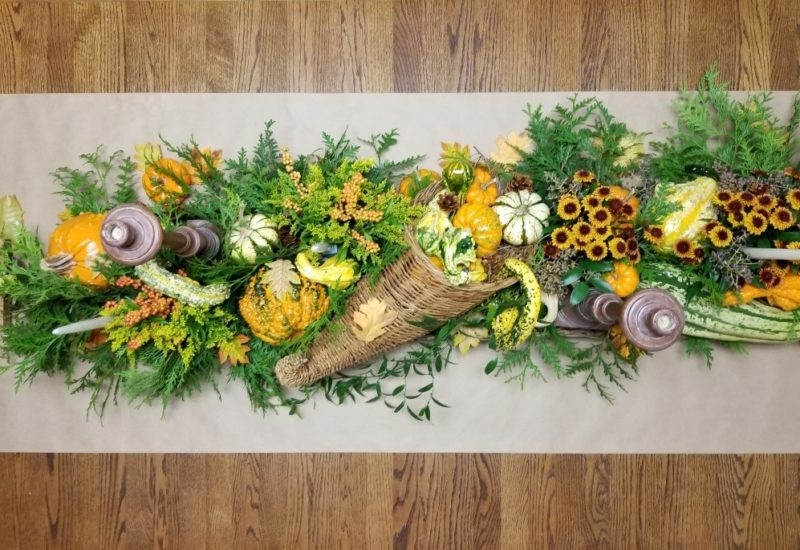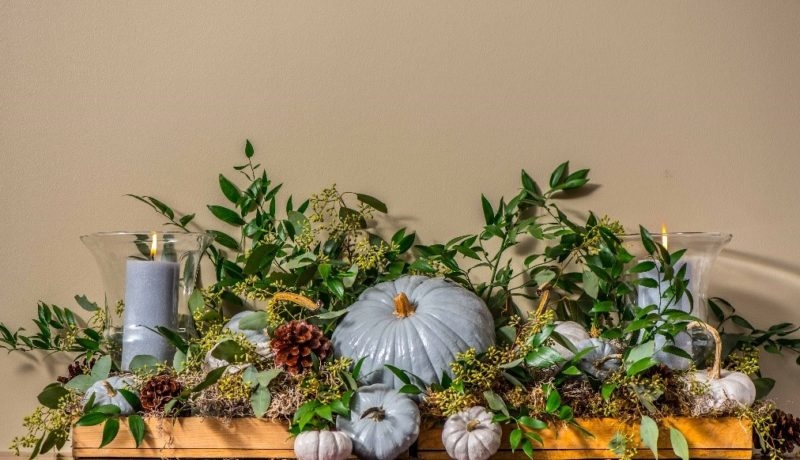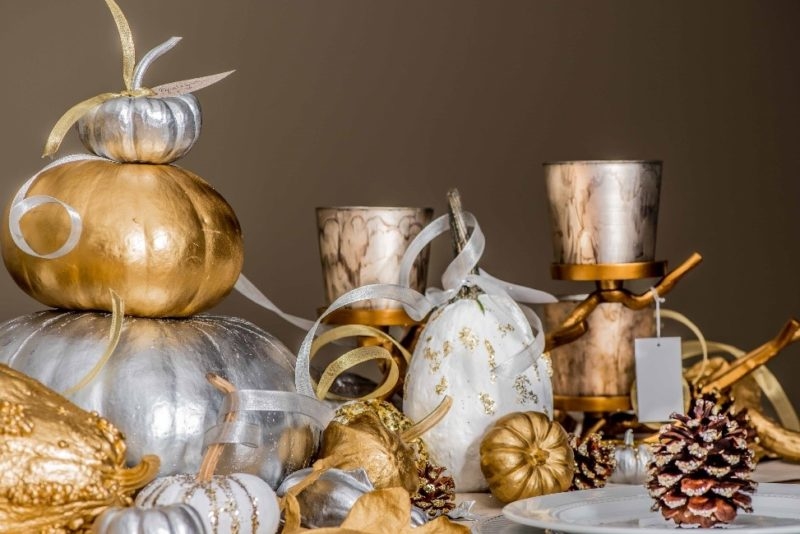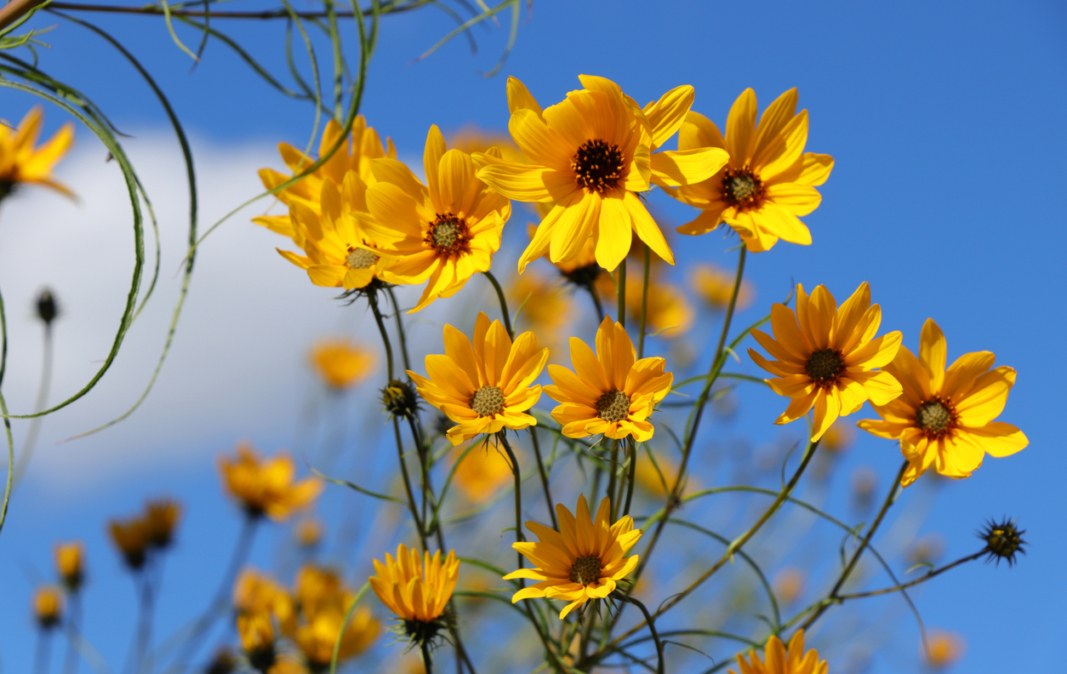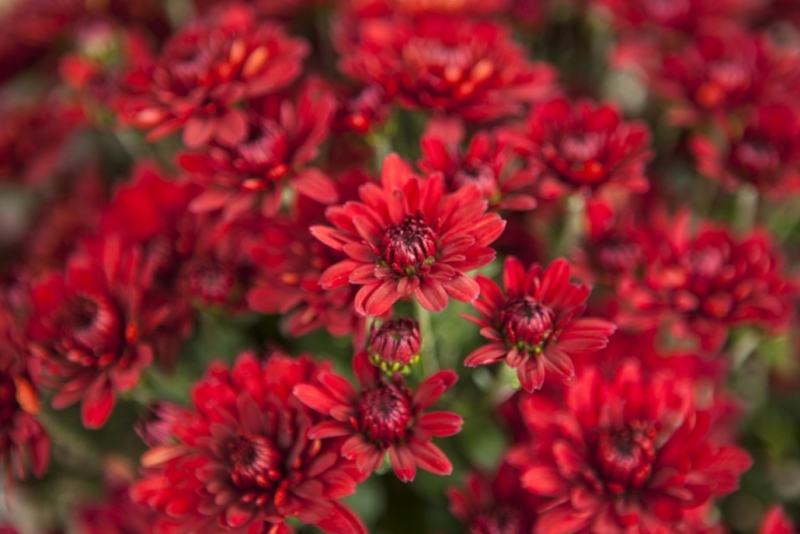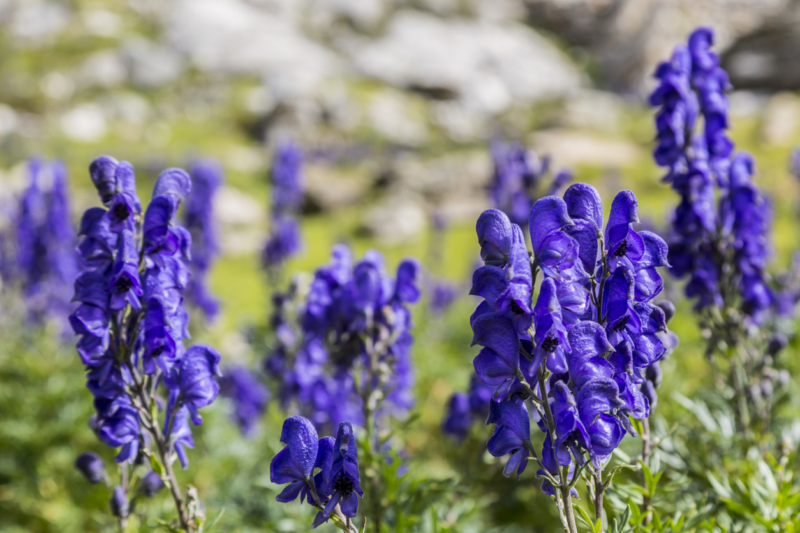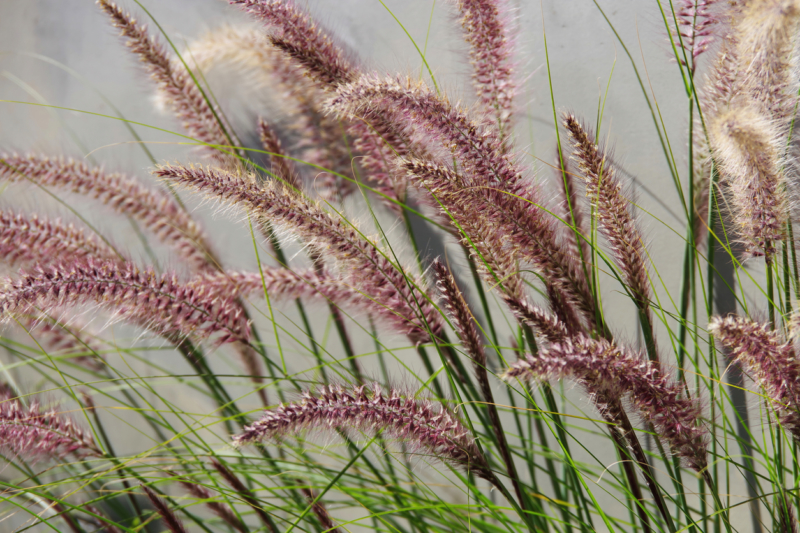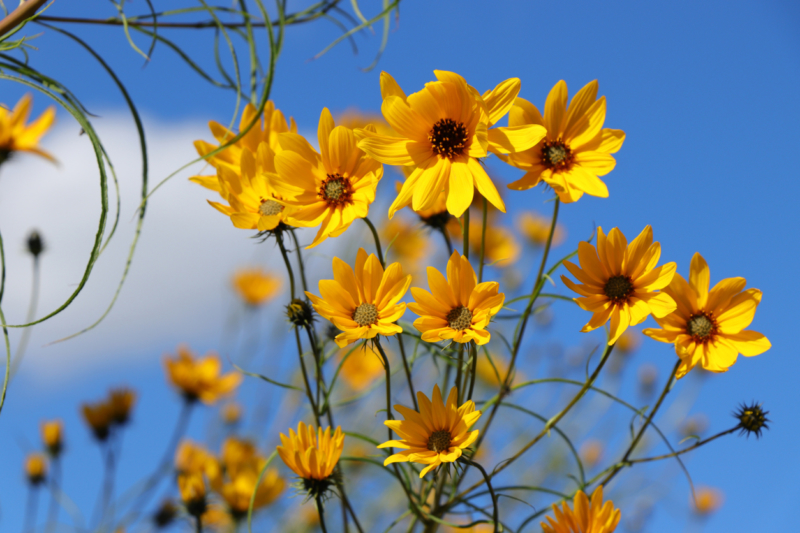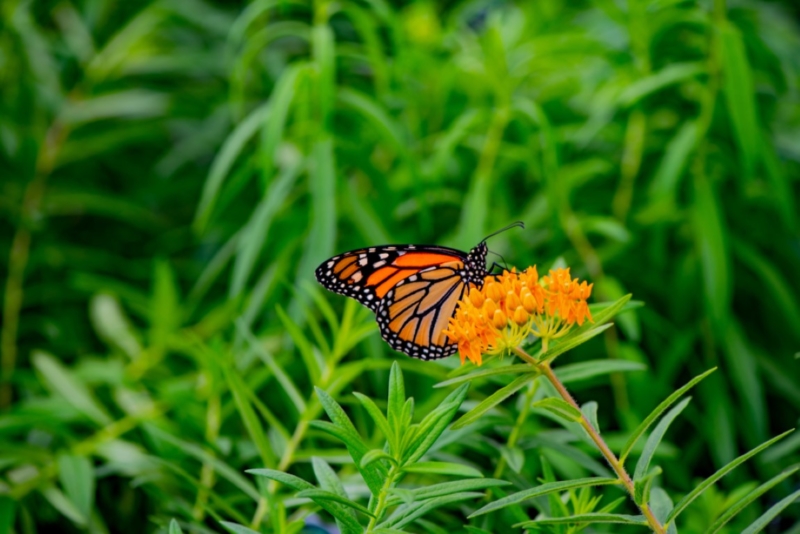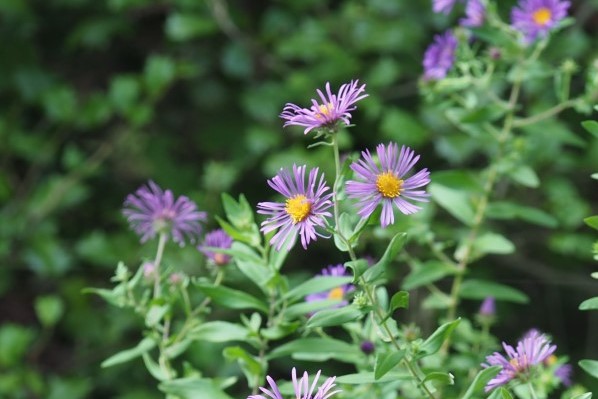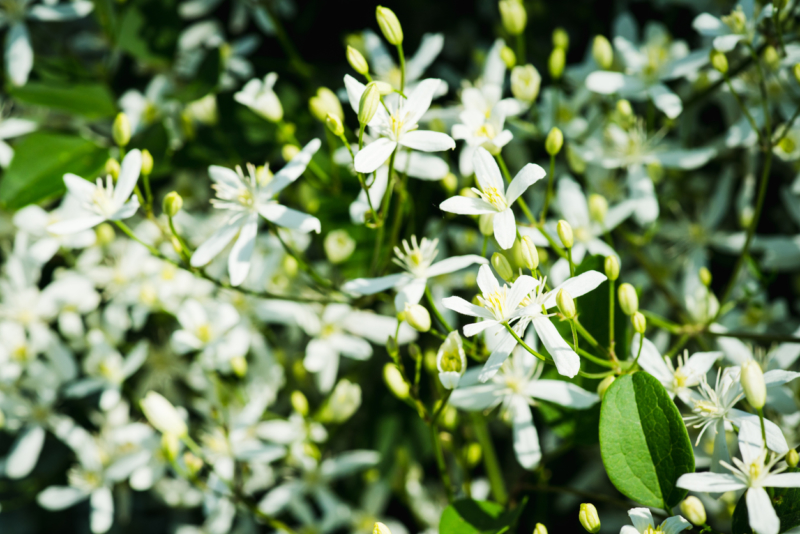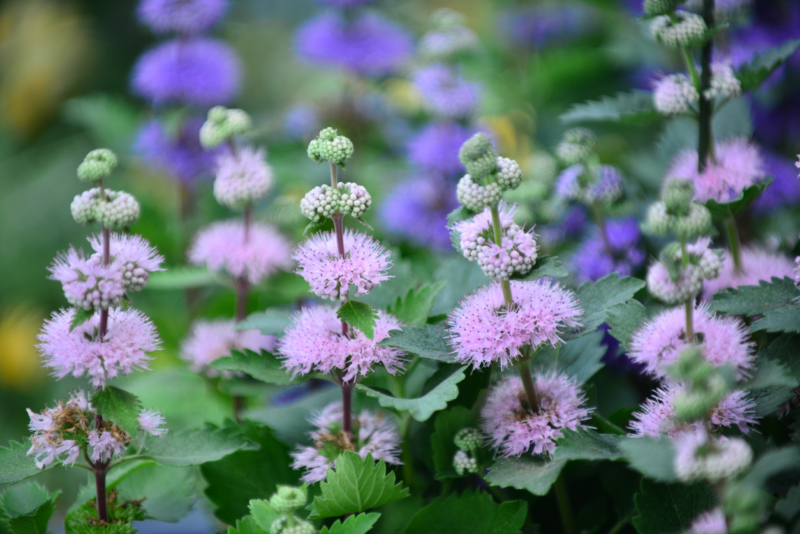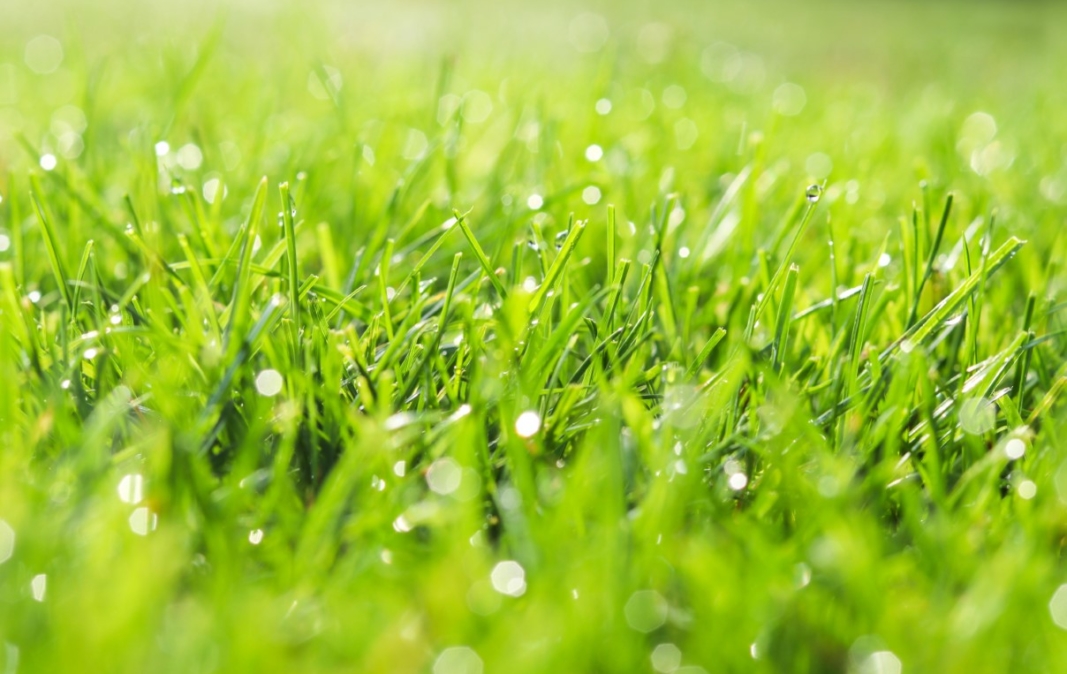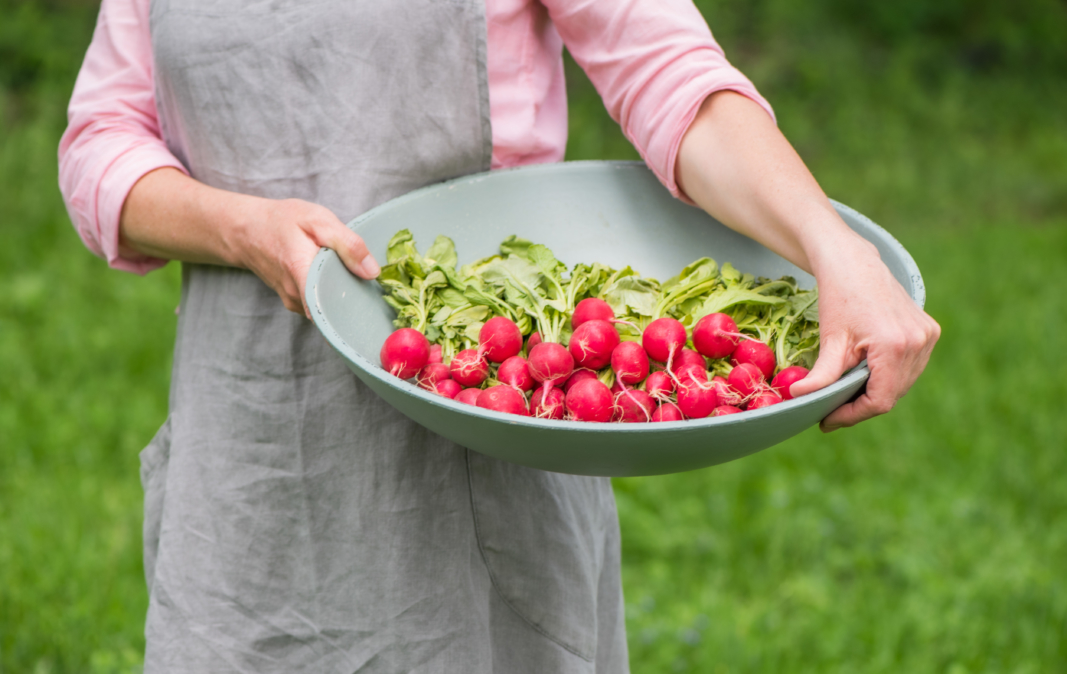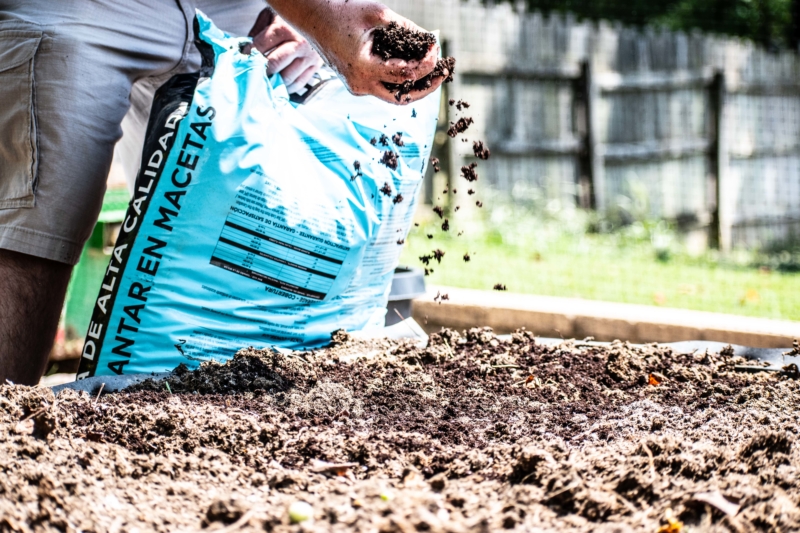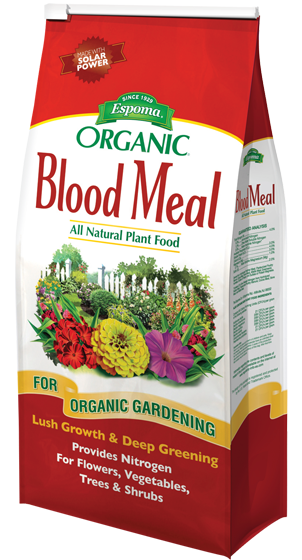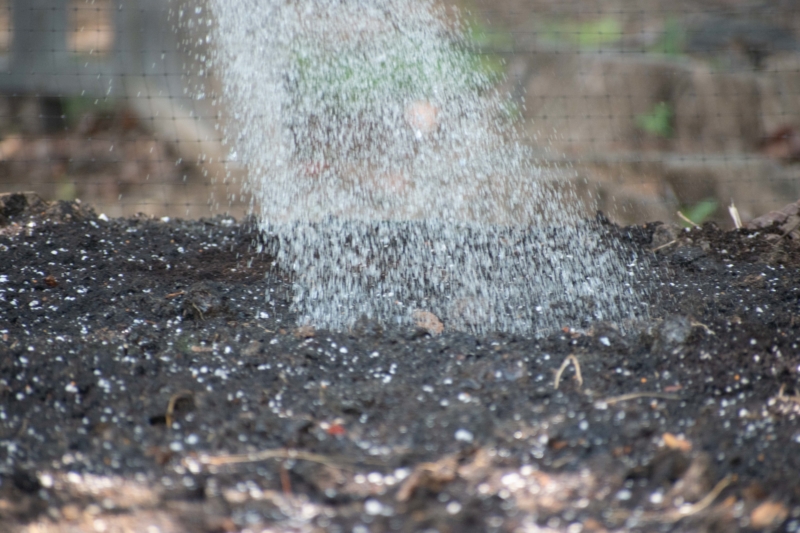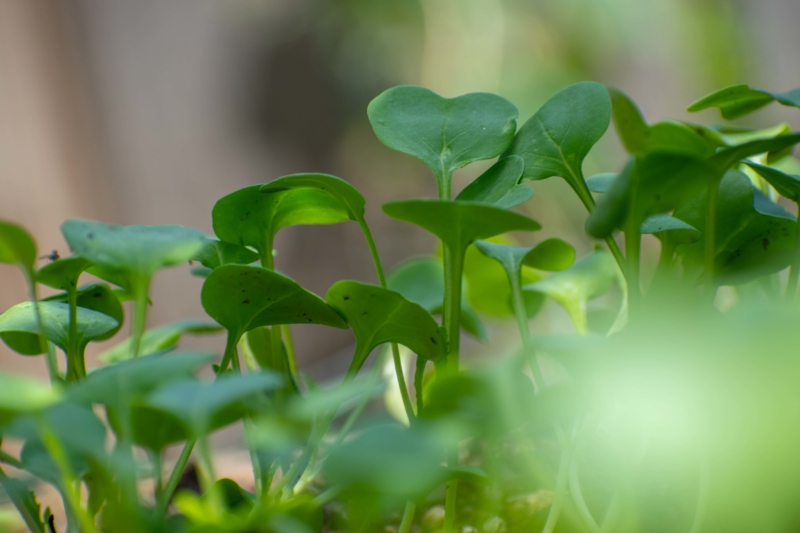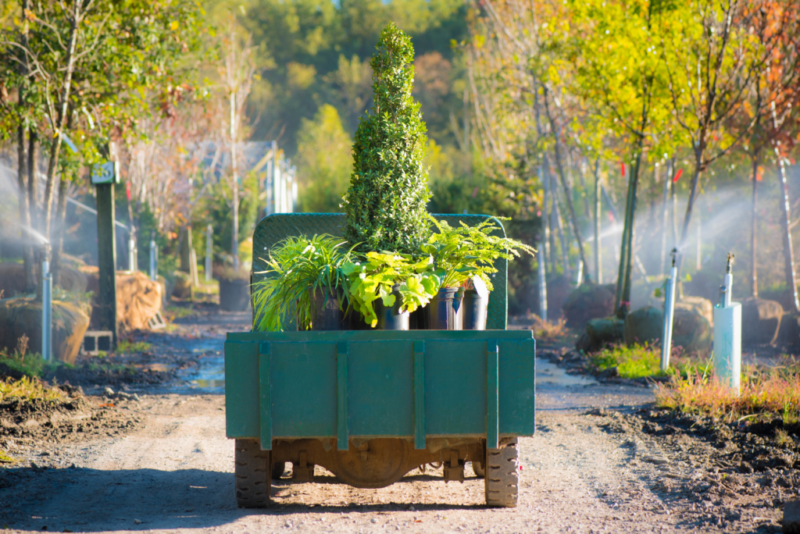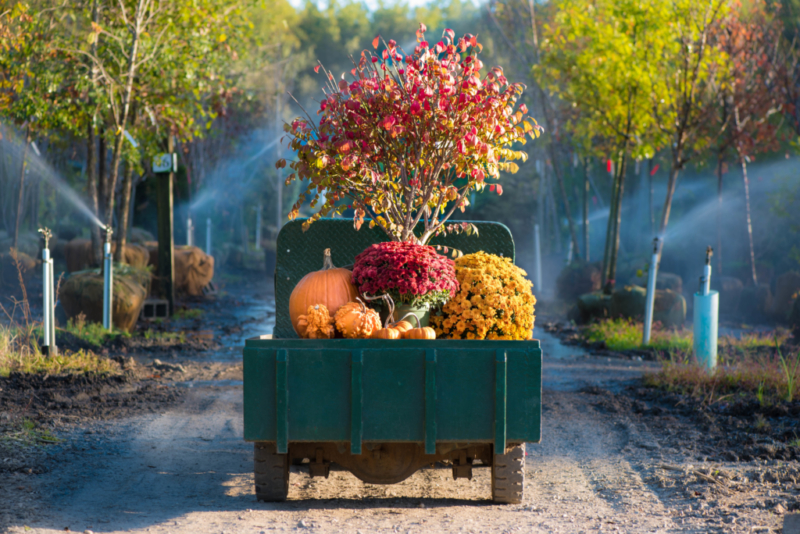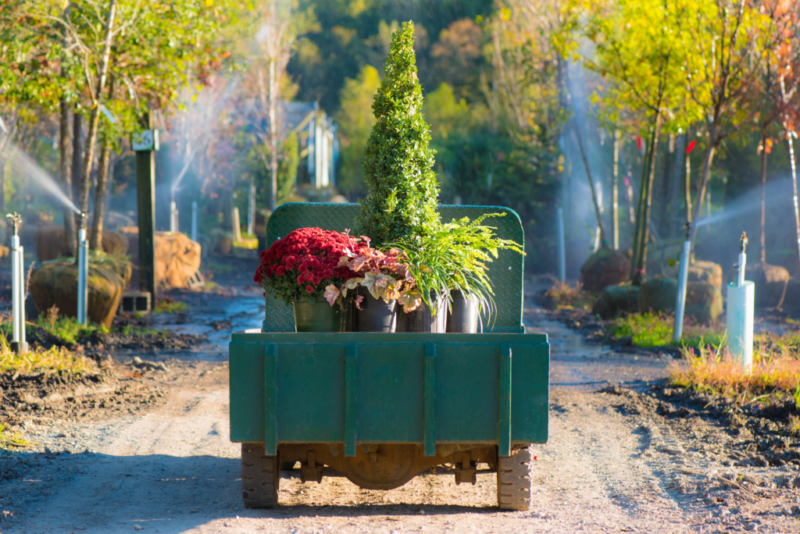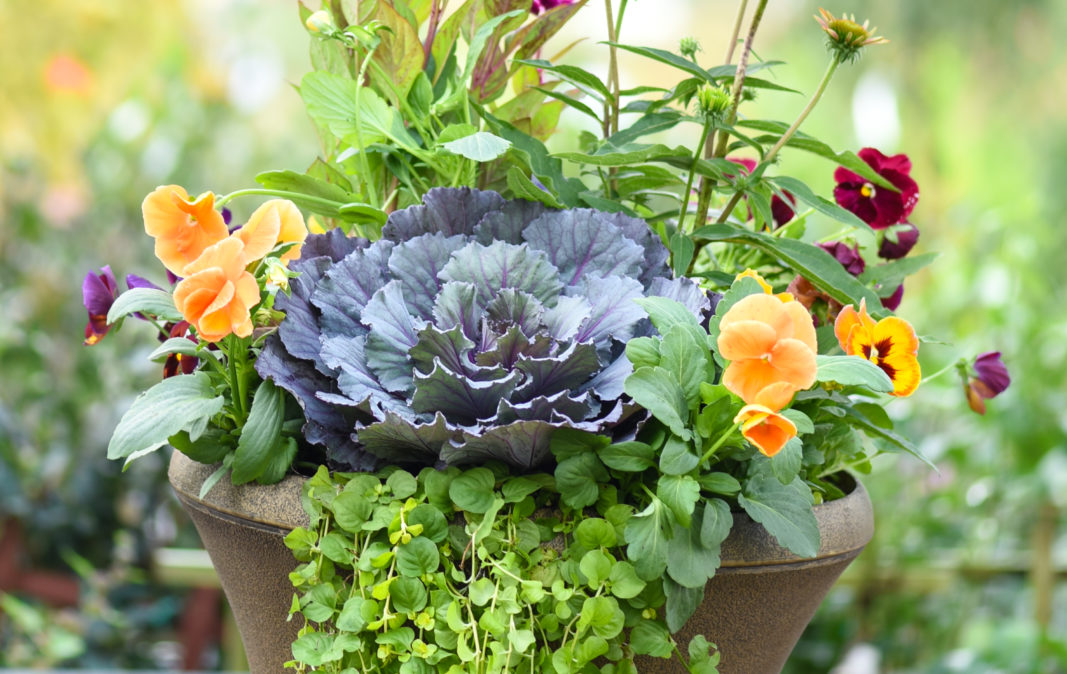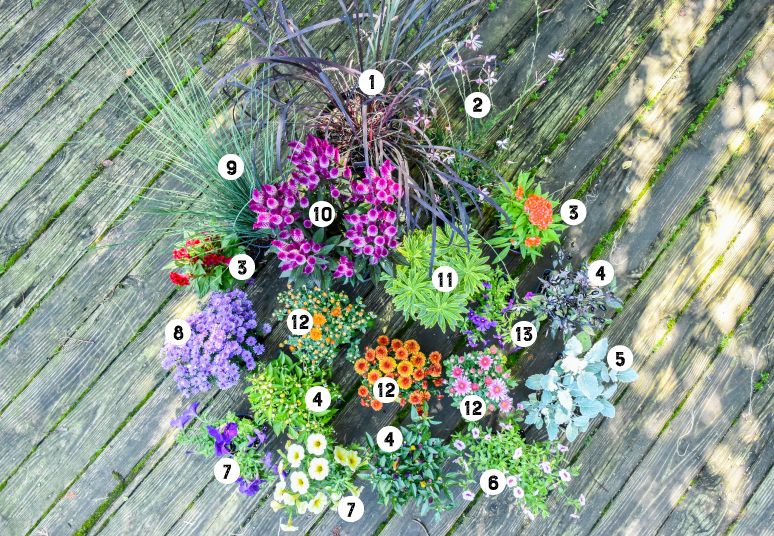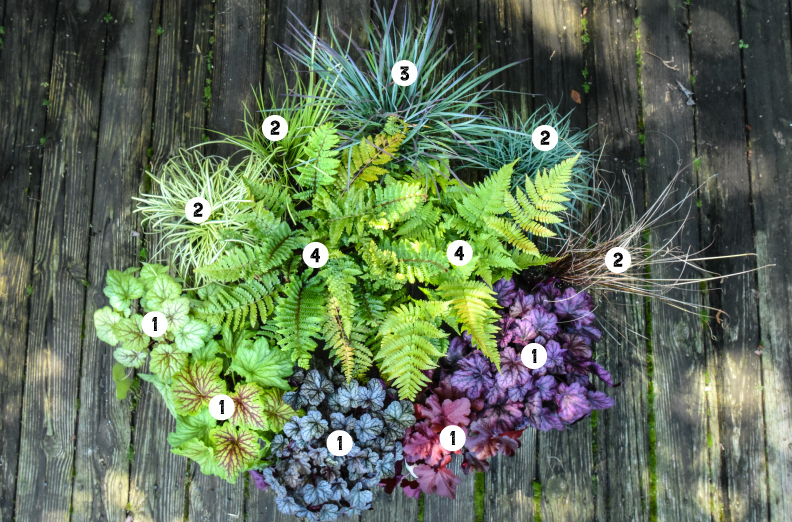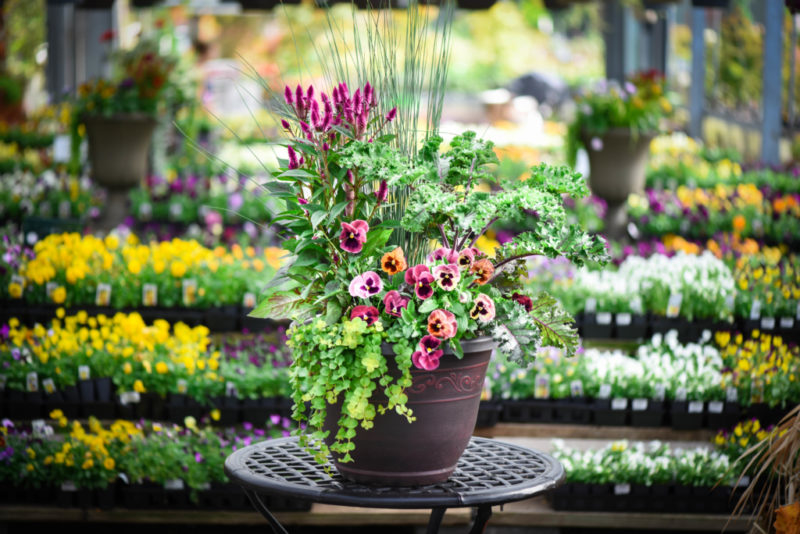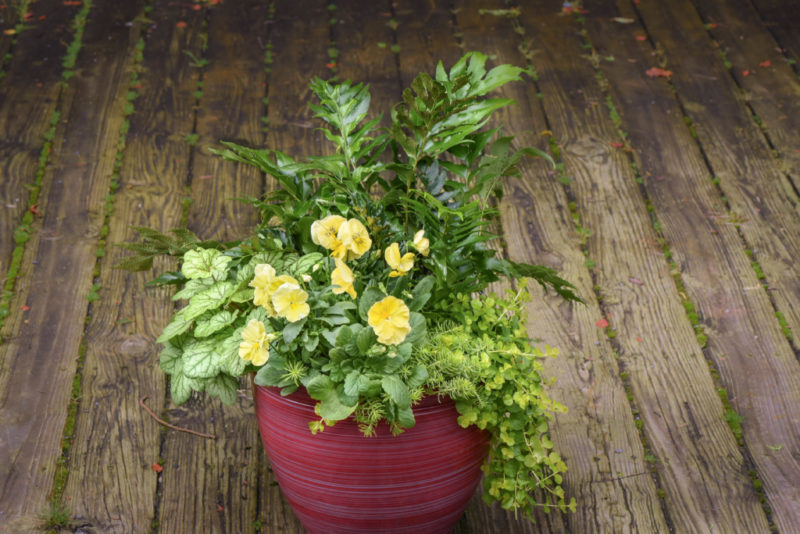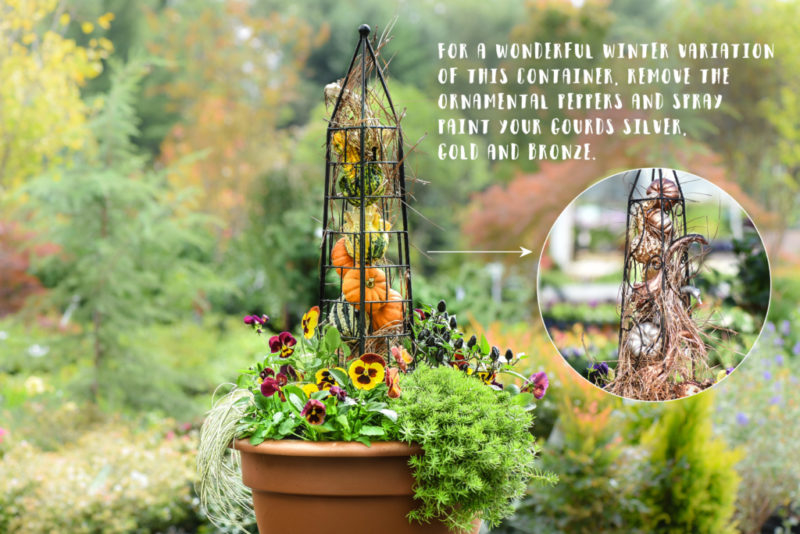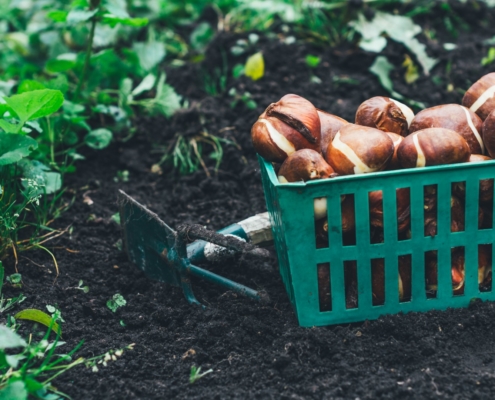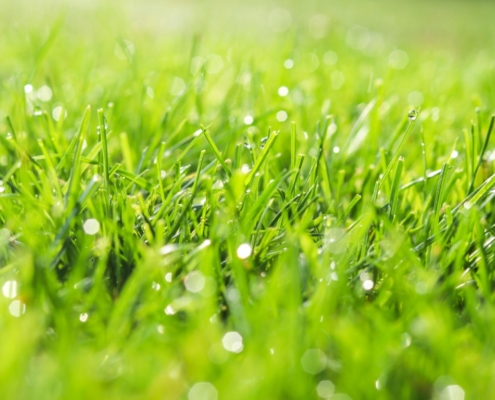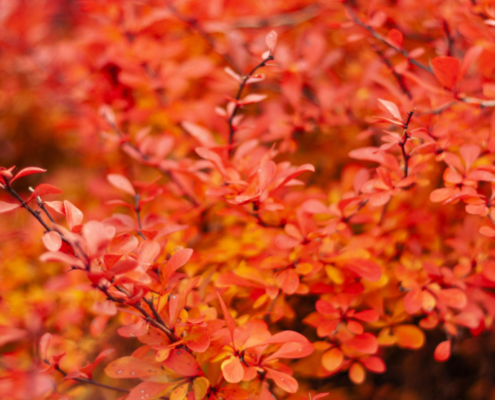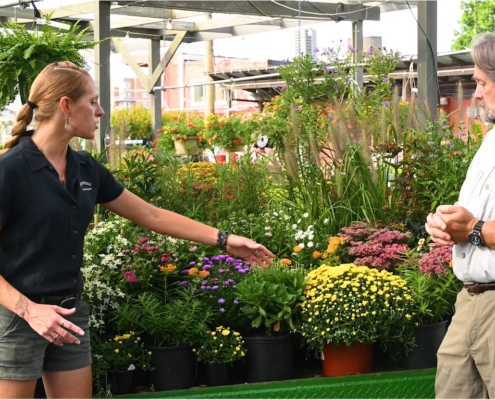Native Trees to Plant this Fall
Fall is here, and now is the best time of year to plant trees. This year, we are celebrating our native trees, which not only offer beautiful fall foliage, but also provide a variety of fruits and seeds at this time of year that are an excellent source of nutrition for our local birds and wildlife. If you are interested in supporting our environment, planting a native tree is a great way to do so.
Here are some of our favorites that you can plant to support your local wildlife and ecology.
Oaks
Quercus alba (White Oak), Q. bicolor (Swamp White Oak), Q. coccinea (Scarlet Oak), Q. macrocarpa (Bur Oak), Q. palustris (Pin Oak), Q. phellos (Willow Oak), Q. rubra (Northern Red Oak)
These natives are a staple of our local environment, with a massive canopy and root system, they produce a lot of oxygen and sequester a lot of carbon. Oaks support over 500 species of moths and butterflies, in addition to the mammals and birds that eat buds, pollen, acorns, and insects that live in the tree. With many types of oaks available, there is an oak to fit any environment, no matter your local conditions.
Blackgum
Nyssa sylvatica
These durable trees can flourish in tough environments. We have one growing in the back parking lot at our Fair Oaks location that has thrived even in the heavily trafficked area where it is planted. While we can appreciate the attractive fall foliage, the birds and insects will flock to the tree for its flowers and later, its fruits.
Eastern Red Cedar
Juniperus virginiana
These drought-tolerant evergreens serve as a wonderful resource for birds, providing food and winter shelter to cedar waxwings and a wide variety of other local birds. What we commonly refer to as juniper berries are actually small female cones. Male trees develop a gold tint as their cones form at the ends of the tree branches. Many of our local wildlife species winter in stands of eastern red cedars in our region. Ornamentally, these make excellent screening plants. Shrub form and columnar forms are available in cultivated forms.
River Birch
Betula nigra
These relatively fast-growing trees can thrive in poor soils, wet soils and a variety of and even dry or compact soils. We know them best for their signature exfoliating bark. When in bloom, these trees attract a wide variety of insects and birds to feed before the leaves develop. Their fall foliage is yellow. Look for them locally in Great Falls Park.
Serviceberry
Amelanchier laevis
This small tree, also known as the Juneberry, is a vital species that provides an early source for nectar for bees when the weather is still warming up. The fruits arrive in June, and taste like blueberries – if you can get them before the birds do. Birds will flock to the fruits. In the fall, we can enjoy the bright foliage.
Maples
Acer rubrum (Red Maple) and Acer saccharum (Sugar Maple)
Maples are well known for their beautiful fall color, but they also produce blooms which are highly important for local wildlife in the spring. Red maples produce red flowers, and sugar maple flowers come in a yellow color. Once the flowers are done, local wildlife will come for the samaras, which are high protein, high fat seeds.
Sweetbay Magnolia
Magnolia virginiana
This native is a great choice if you are dealing with poor quality soil or drainage issues. You will find them locally along woodland creek banks. Fragrant white blooms attract pollinators, and their red seeds attract wildlife as well. Since these plants are semi-evergreen, in a normal or mild winter they will retain 60-70% of their foliage, so you can use them as a native screening plant if you want something in the 10-15 ft. range that needs to handle poor soils.


